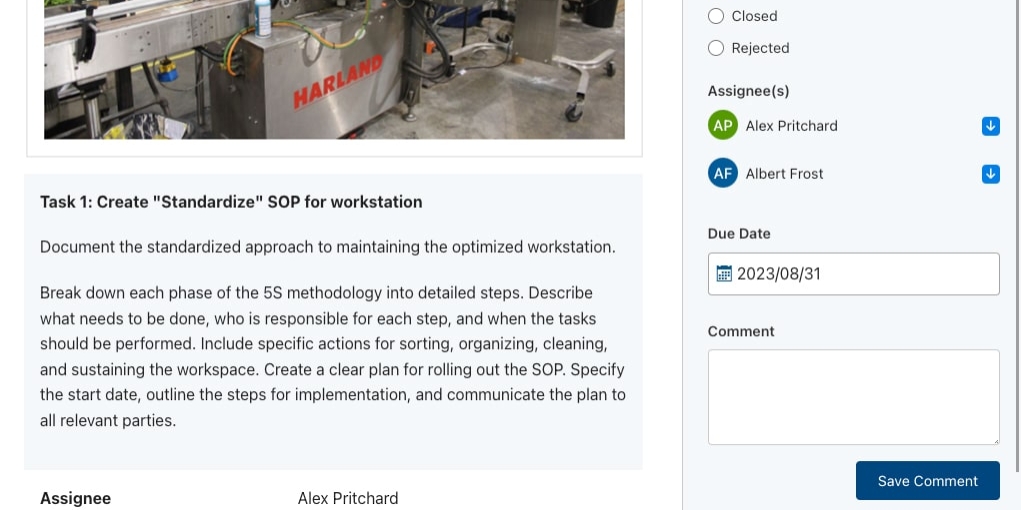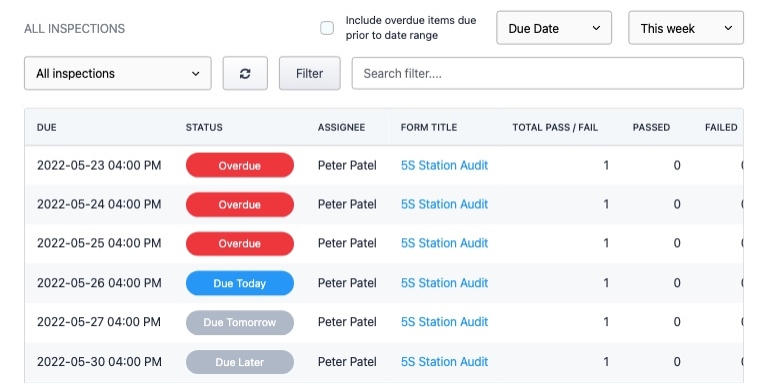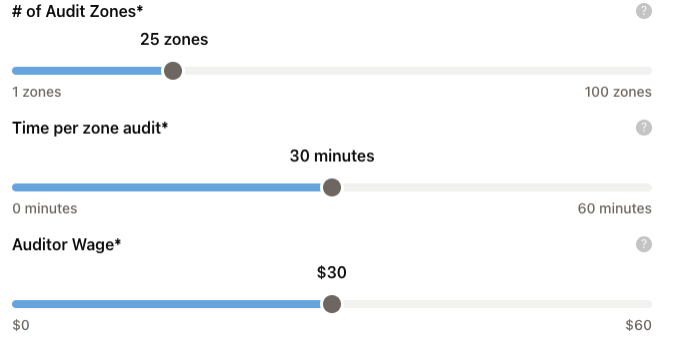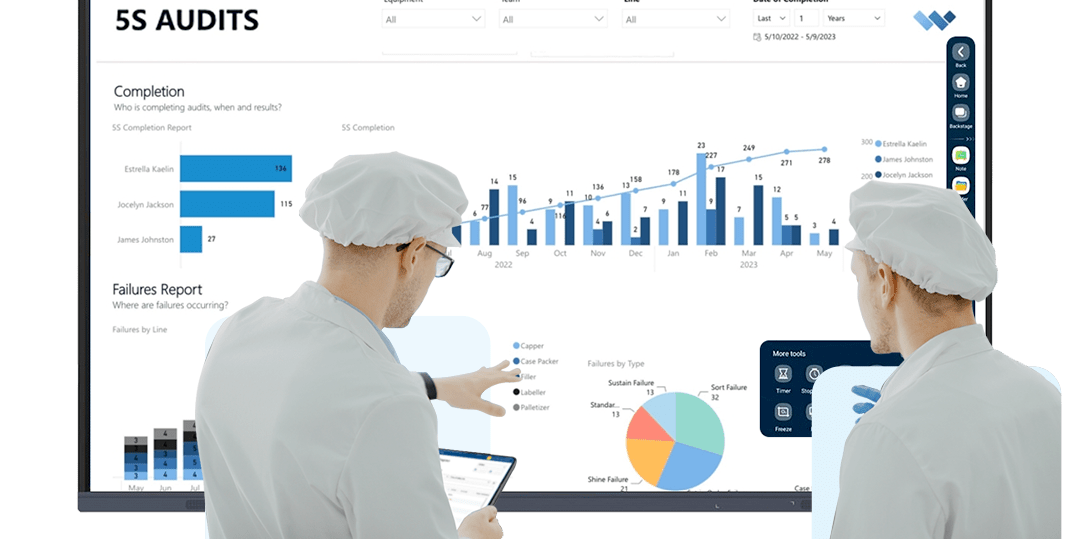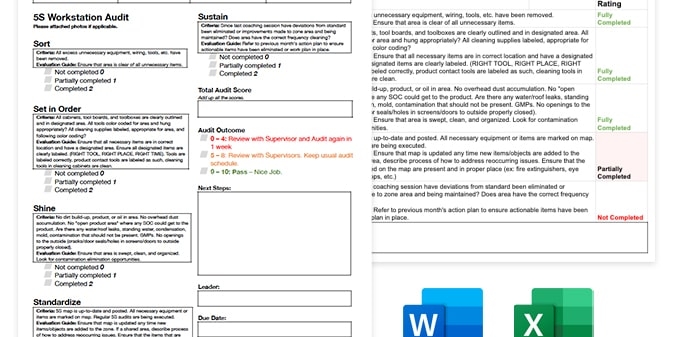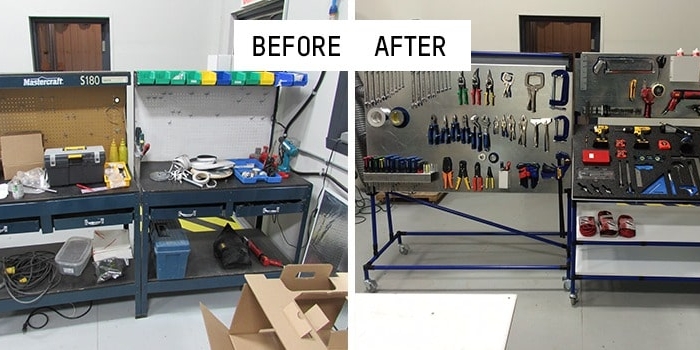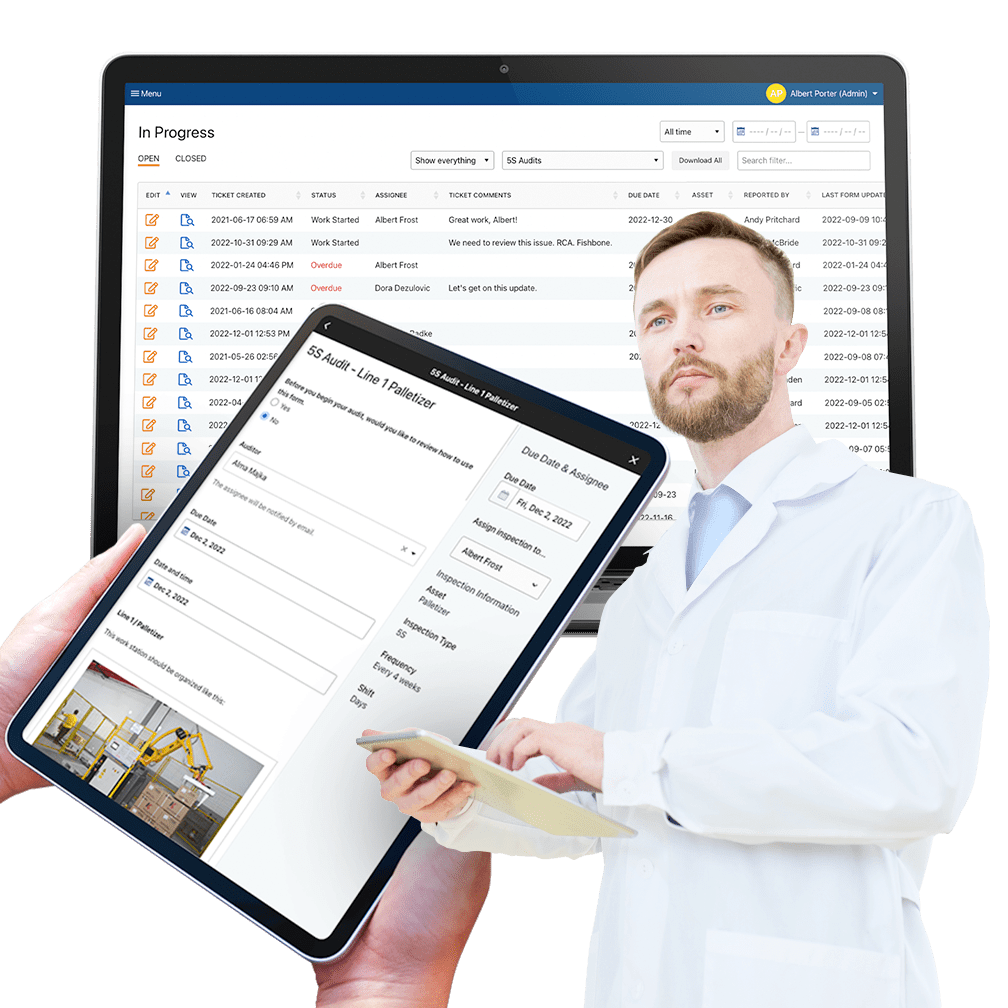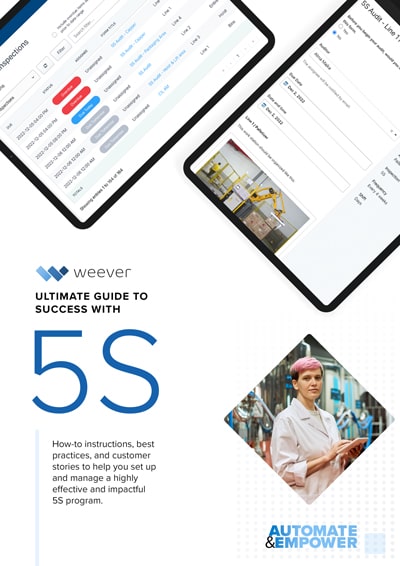5S Overview - What is it?
What is it? What does it mean? Where did it come from?
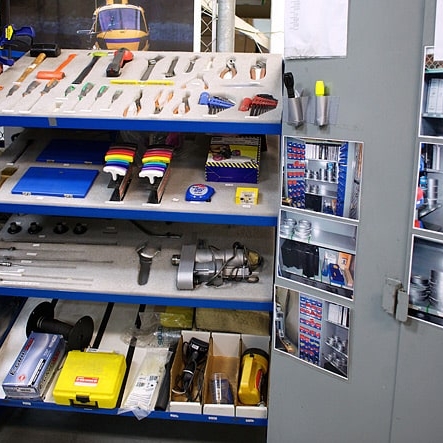
5S Overview
5S Planning
5S Implementation
5S Auditing
5S Audit Digitization
FREE RESOURCEs
In order to be profitable and compete in a global market every company has to effectively steward its resources. It’s been said that waste is a thief.
In manufacturing, where waste can take several different forms including wasted time, energy, movement, or materials, this is especially true.
Following World War II, innovative Japanese companies like Toyota revolutionized manufacturing by finding innovative ways to reduce waste in small achievable increments.
This process is now at the heart of what we know globally as Lean Manufacturing and Continuous Improvement.
5S is a toolkit, process, or methodology that helps address the wasted time, energy, and materials that can result from the inefficiency of dirty, cluttered, and disorganized workplaces.
If Lean is a strategy to improve efficiency, then 5S is a tactic, or set of proscribed steps that will help your plant be more efficient and reduce waste.
What is 5S?
Picture this: a worker producing widgets stands in his work area full of clutter, dirt, and debris. Tools are scattered randomly across various surfaces, which are piled high with half-used pieces of material.
In the corner unused components are stacked chest-height and wobbling slightly as they wait to be used. Large unmarked bins contain a hodge-podge of tools and materials that may, or may not, be needed this month.
The machines and equipment are rusty and rattle when used, smoking slightly as they overheat. Slippery grease and hazardous chemicals stain the ground where they were spilled months ago.
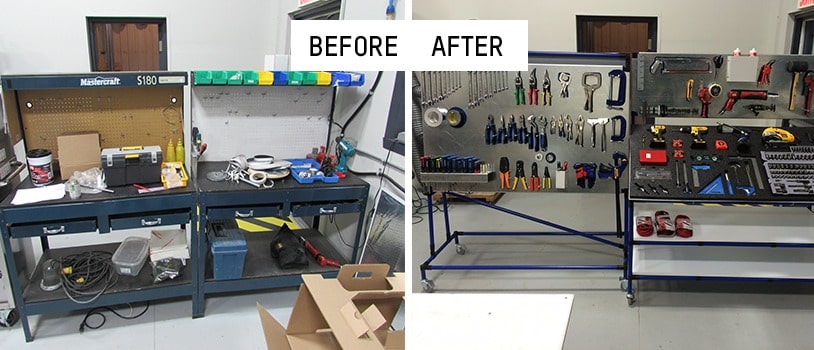
Would you imagine this is an efficient work environment? Most would say no.
The worker wastes time looking for tools, rummaging through those unmarked storage bins for the item they need. Safety hazards abound, whether from the pile of components waiting to topple or the slip hazard from the greasy chemicals on the floor. The machines, in their poorly maintained condition, are mere hours away from breaking down, causing unplanned downtime for the factory.
The 5S System is a lean manufacturing tool designed to improve efficiency and productivity in your plant by making it more organized and efficient.
It removes clutter, cuts down on time your staff look for tools and materials while working, and ensures workplaces are consciously free of hazards. The focus on Lean manufacturing is to increase the productivity and profitability of a plant by making small incremental improvements that add up to large benefits to a company's bottom-line over time.
For example, a 5% improvement in production output would not have a drastic impact on a company's bottom-line. However combined with simultaneous 5% reductions in energy usage, raw materials used, employee injuries, etc etc these small changes would be very impactful over the course of a few quarters or years.
5S is a specific set of actions that a company can use to start to realize these Lean Manufacturing gains.
It's often the first step companies take in moving towards a Lean or continuous improvement focused culture because 5S is simple to organize, execute, and impactful. As a process, 5S is designed so that each step builds on the successes of the previous ones, and the last two steps of 5S ensure the benefits of 5S are maintained over the long term.
The 5S Terms
The term 5S comes from the five steps of the process, which are named with words that begin with the letter S in the original Japanese. In English you could also call them sort, set in order, shine, standardize, and sustain
Sort / Tidiness
整理 Seiri - Remove unnecessary or useless items from the work area.
Set in Order/ Orderliness
整頓 - Seiton - Arrange necessary tools and materials for quick storage and retrieval.
Shine / Cleanliness
清掃 - Seiso - Ensure the tools in your workspace are clean & well maintained.
Standardize
清潔 - Seiketsu - Document your new best practices by writing them down.
Sustain / Discipline
躾 - Shitsuke - Make 5S ongoing and commit to regular improvement.
A Brief History of 5S
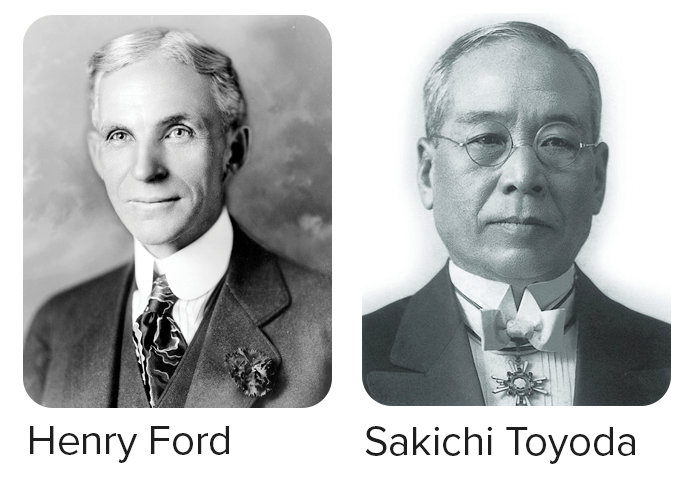
The 5S methodology finds its origins in Japan, particularly in the manufacturing sector, and is closely associated with the Toyota Production System and lean manufacturing principles. Its development can be traced back to the post-World War II era when Japanese manufacturing companies sought methods to improve efficiency and productivity.
Initially applied in manufacturing, particularly in Toyota and other Japanese companies, the methodology's success in improving efficiency, safety, and workplace organization led to its adoption across various industries worldwide.
The roots of 5S can be connected to earlier concepts of workplace organization and efficiency. However, it was formalized and popularized as the 5S methodology in the 1950s and 1960s. The specific methodology gained attention through the works of quality management experts such as Kaoru Ishikawa and Hiroyuki Hirano.
Over time, 5S expanded beyond manufacturing and found applications in service sectors, healthcare, and other fields where workplace organization and efficiency are crucial.
The Toyota Motor Company helped Japanese production outpace their American counterparts who soon took note and began to implement similar measures in their own plants domestically.
Prior to Japanese innovation much of the progress in North America had come from the Ford Motor Company’s moving assembly line which had reduced the time needed to assemble an automobile from 12 hours to 90 minutes.
Continue Learning about 5S

bandjlogo

Bell-logo-New

Canadian-Tire-Logo

Diageo-customer-logo

greyston-bakery-logo

hello-fresh-customer

marks-customer-logo

CSL_Limited_logo

monin-logo

Winland Food

Mars-logo-main

rise-baking-customer-logo

Rockwool-Customer-Logo-min

Sportcheck-customer-logo

unilever-customer-logo

walmart-logo-small

husqvarna-customer-logo

Ajinomoto_logo

Peet's_Coffee_logo

Royal-Canin-Logo
